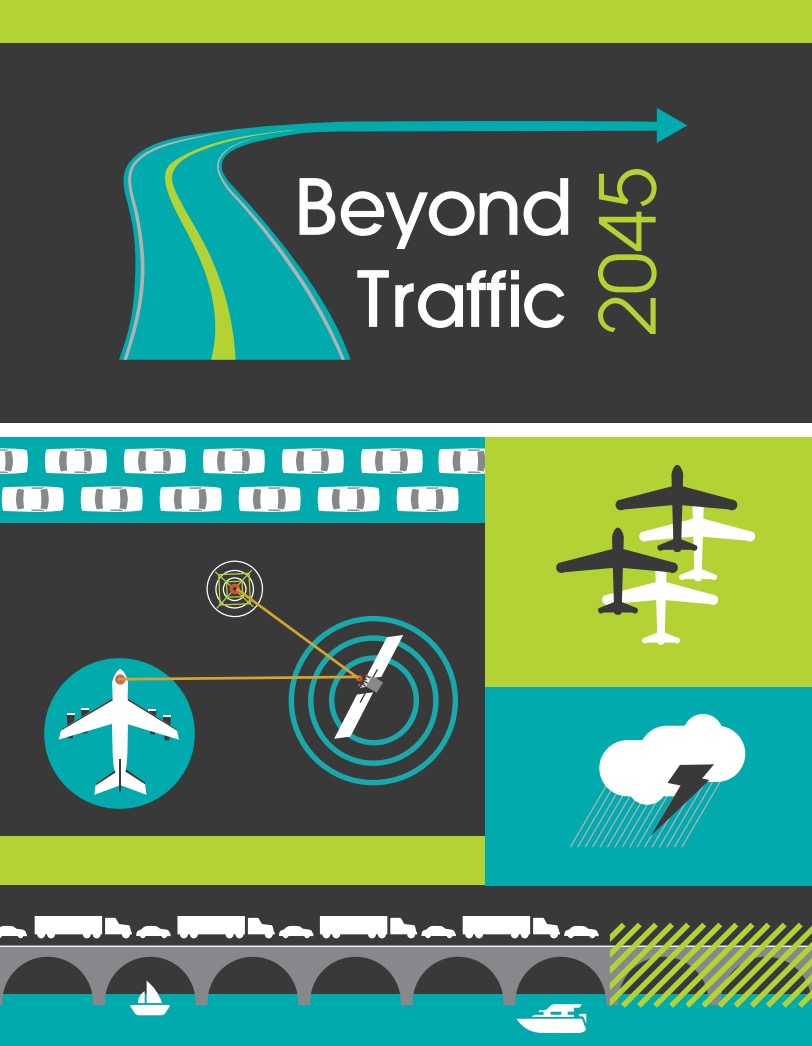
Beyond Traffic 2045 is U.S. DOT’s most comprehensive assessment of current and future conditions in decades—it is a call to action. After years of chronic underinvestment and policy choices that, in some cases, have actually worked at cross purposes with the broader economic and social goals held by most Americans, now is the time for a report like this one to be read, understood, considered—and used, to breathe new life into funding and policy discussions at all levels.
View this complete post...











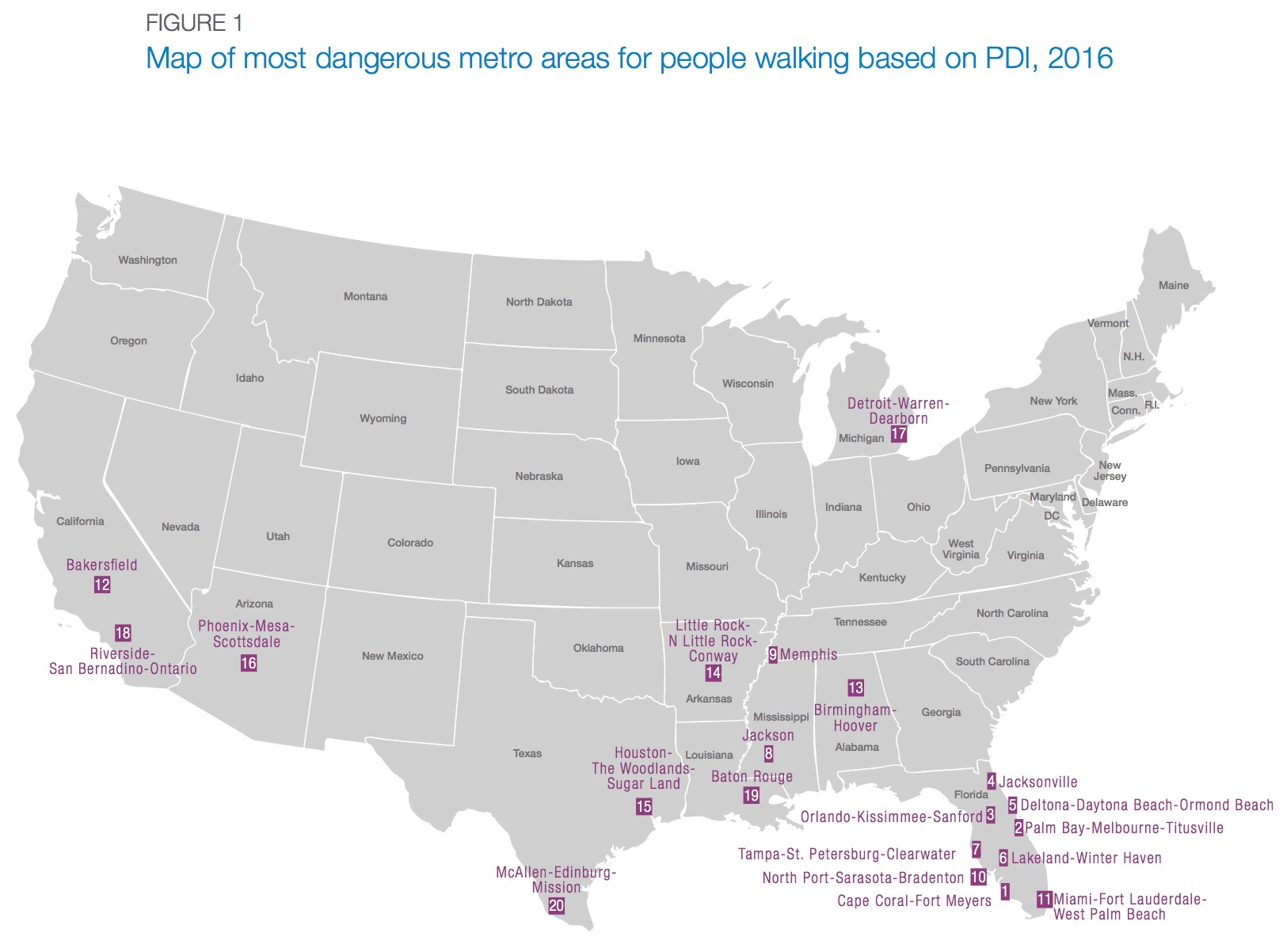

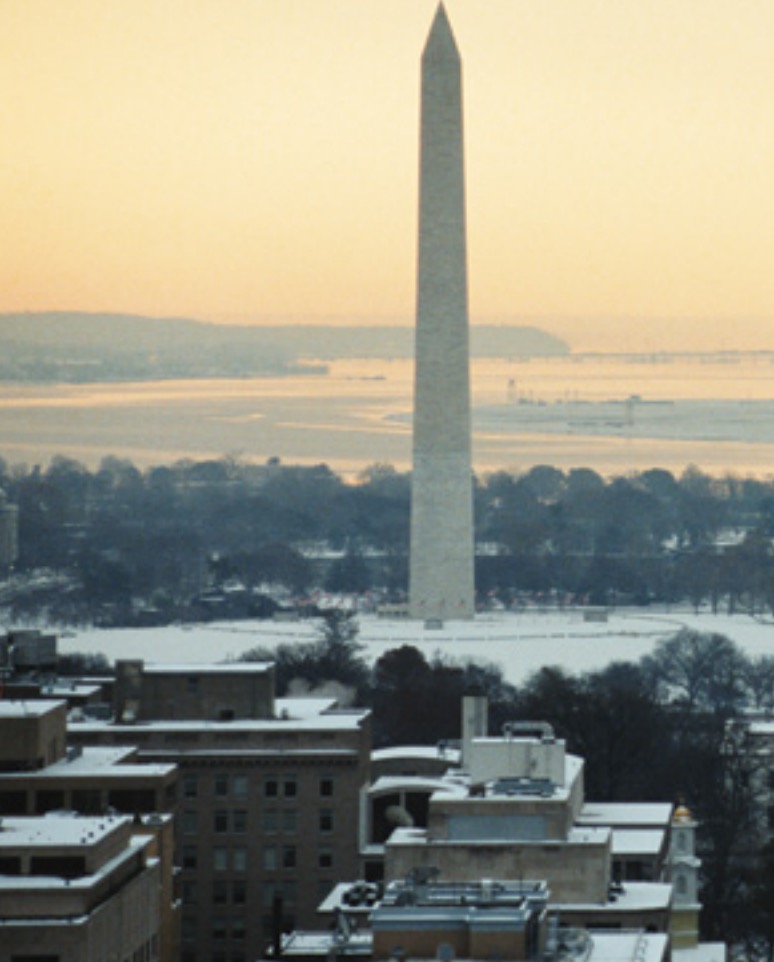
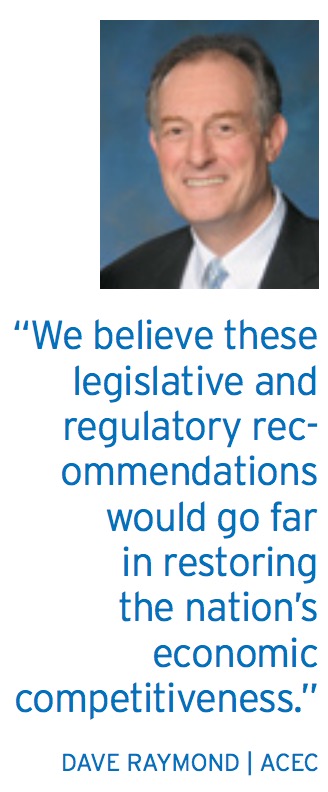
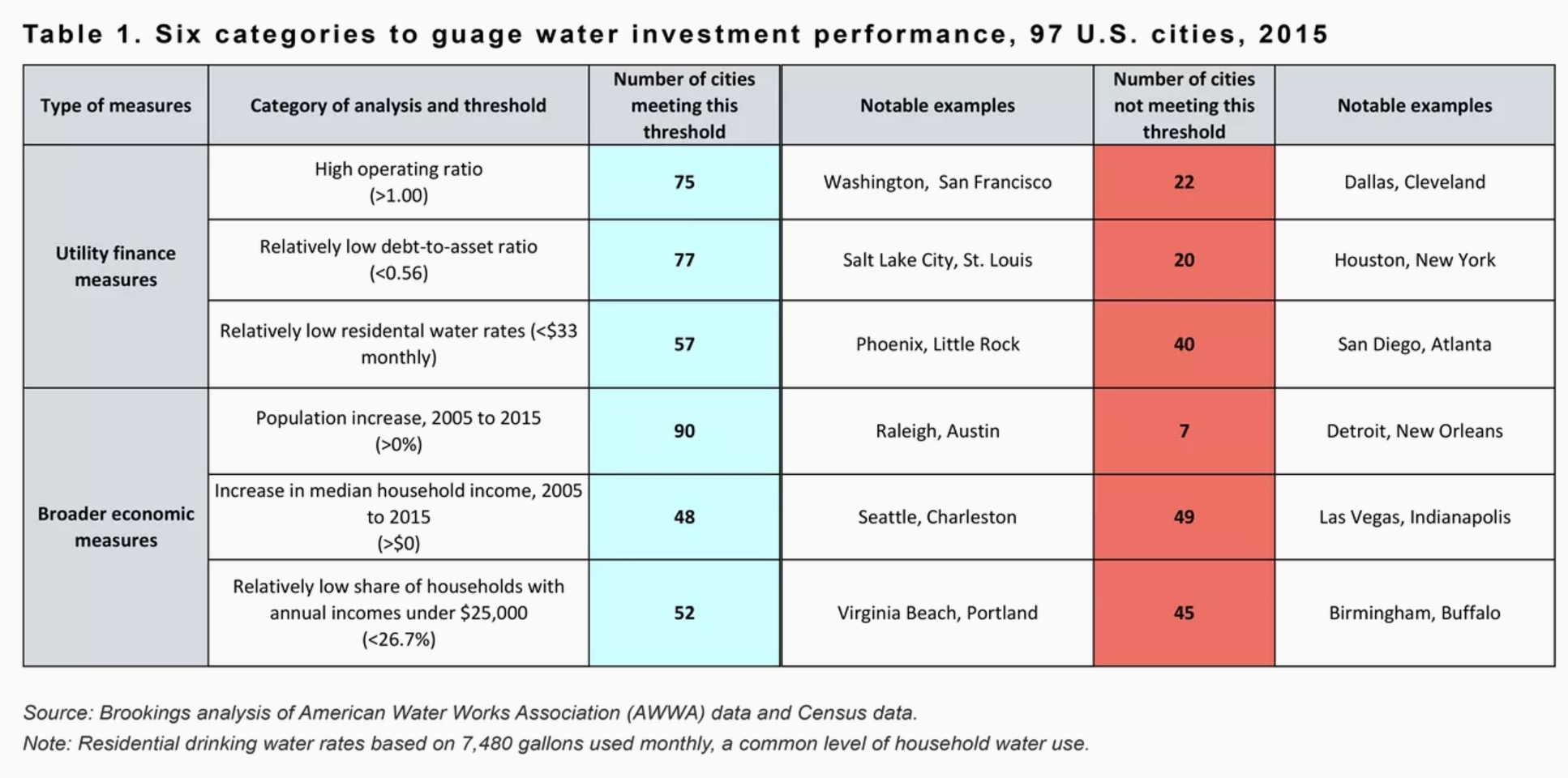
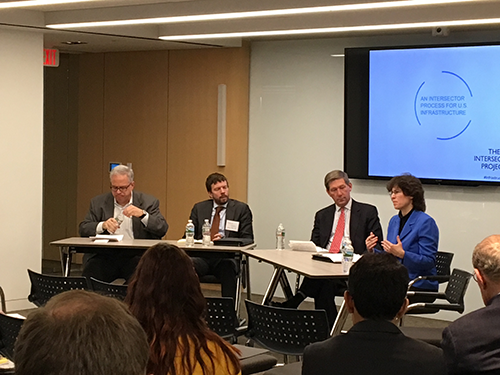
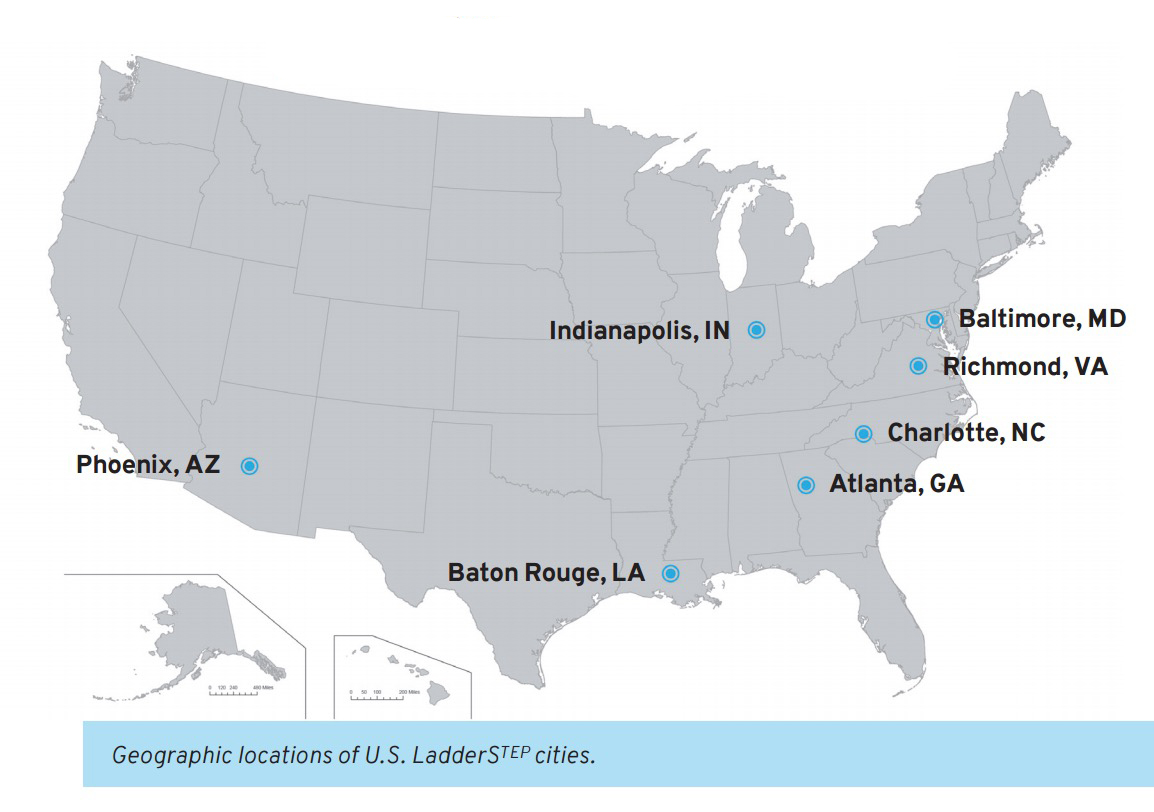

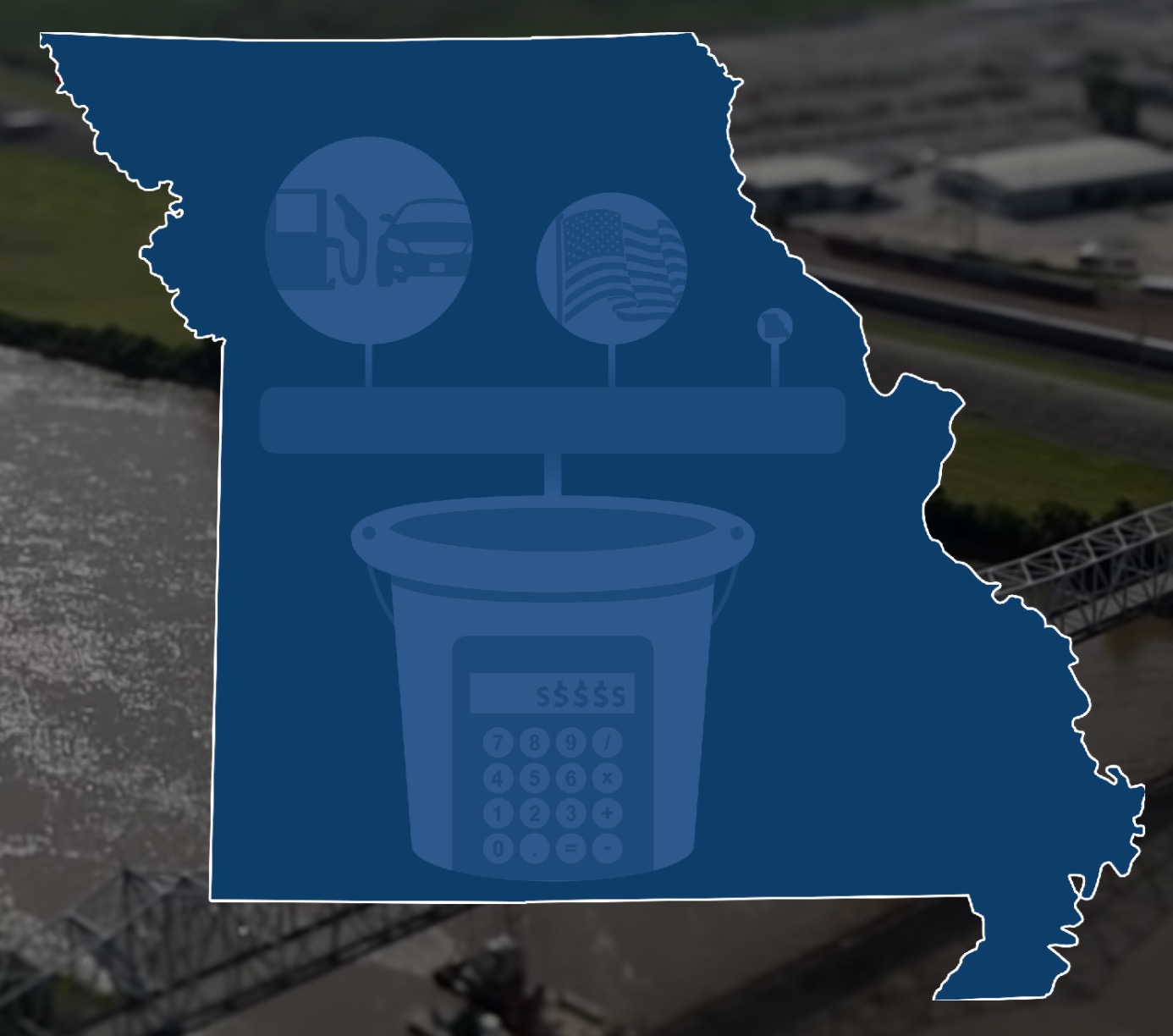

 RSS Feed
RSS Feed